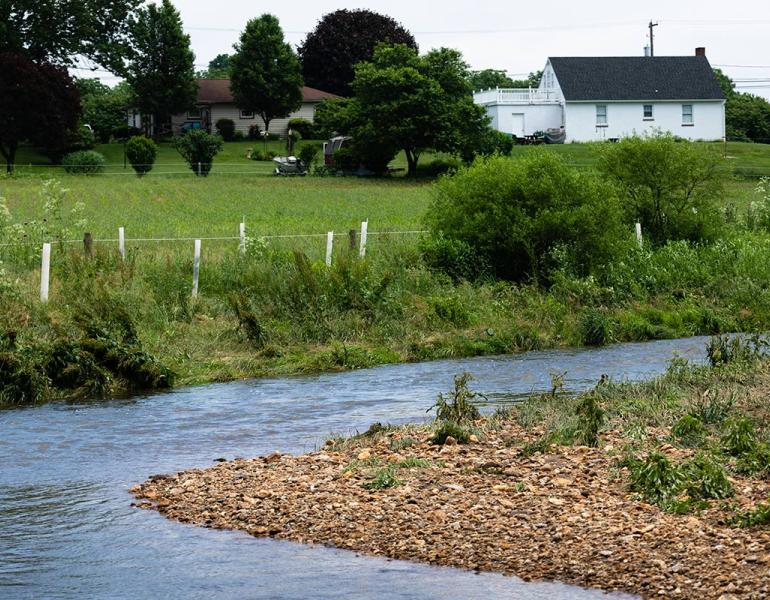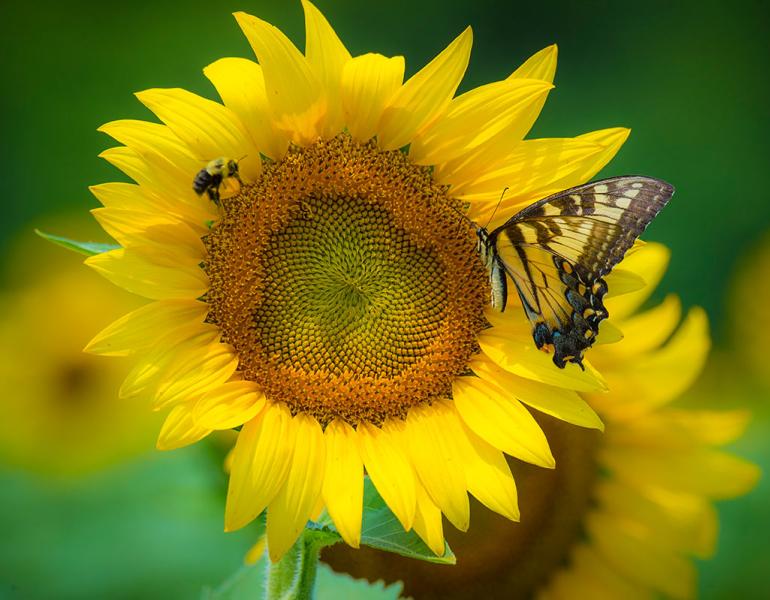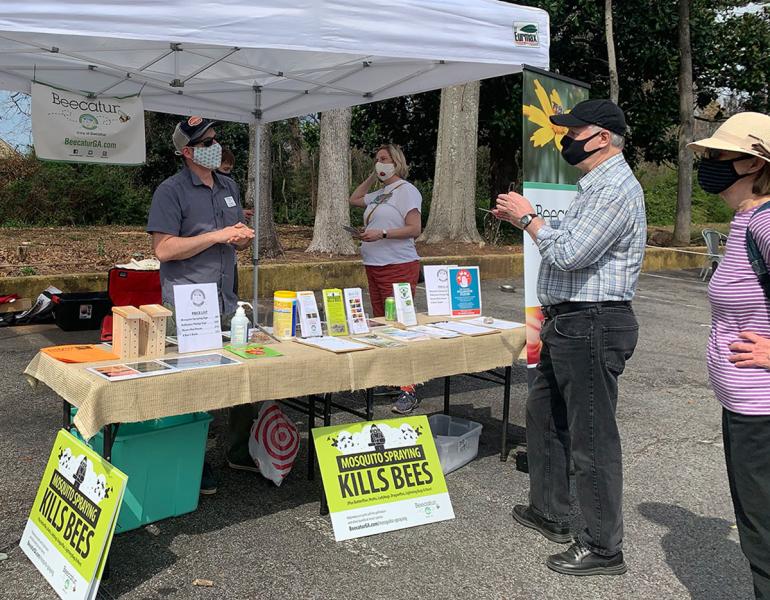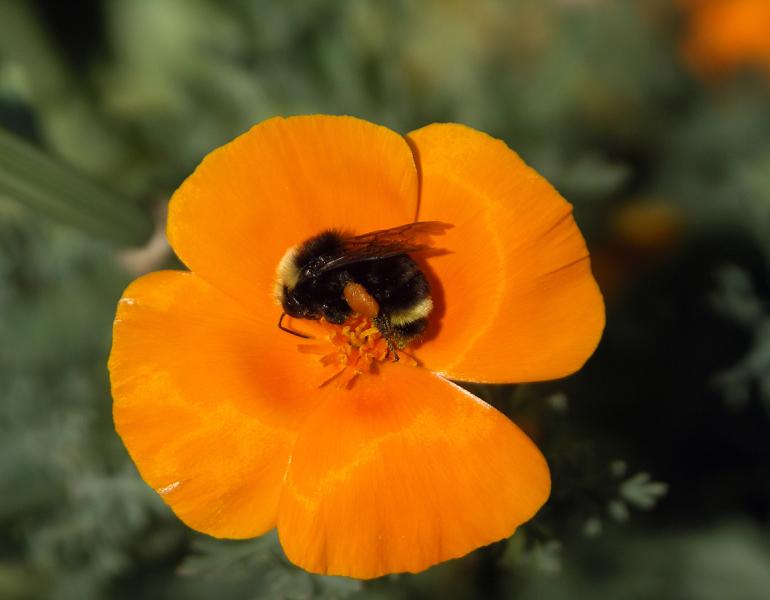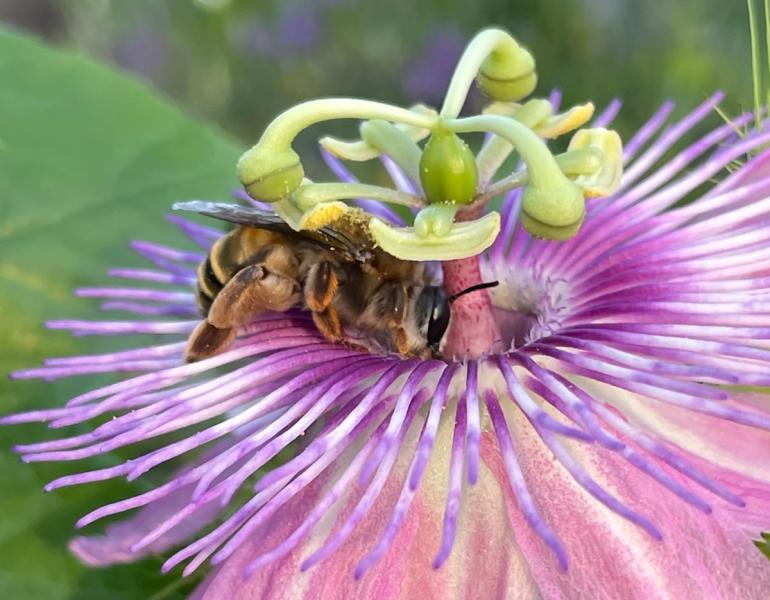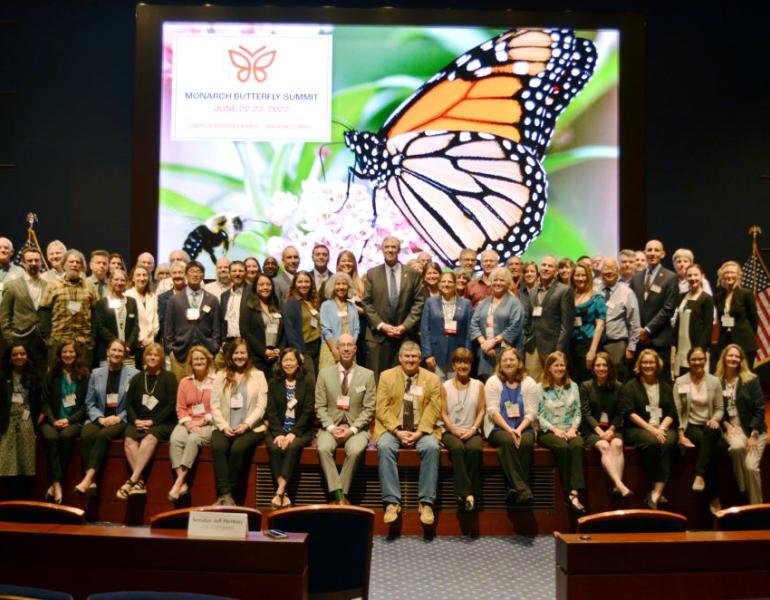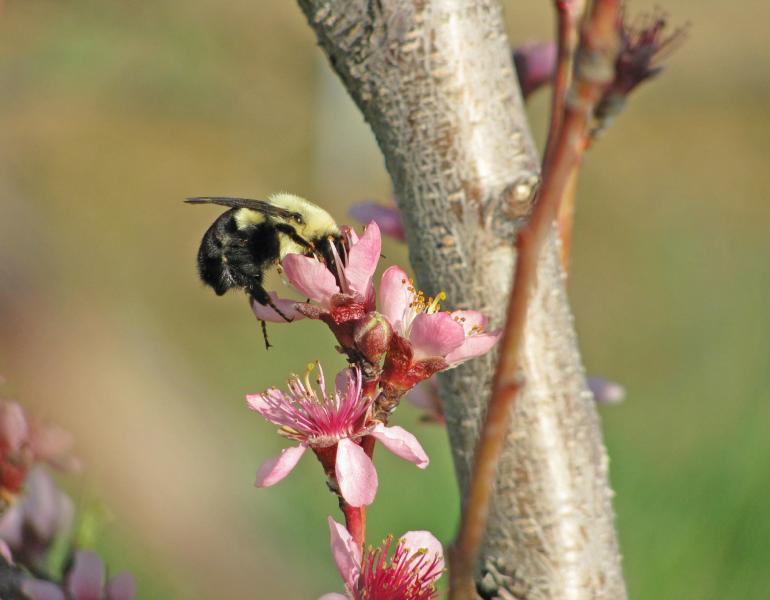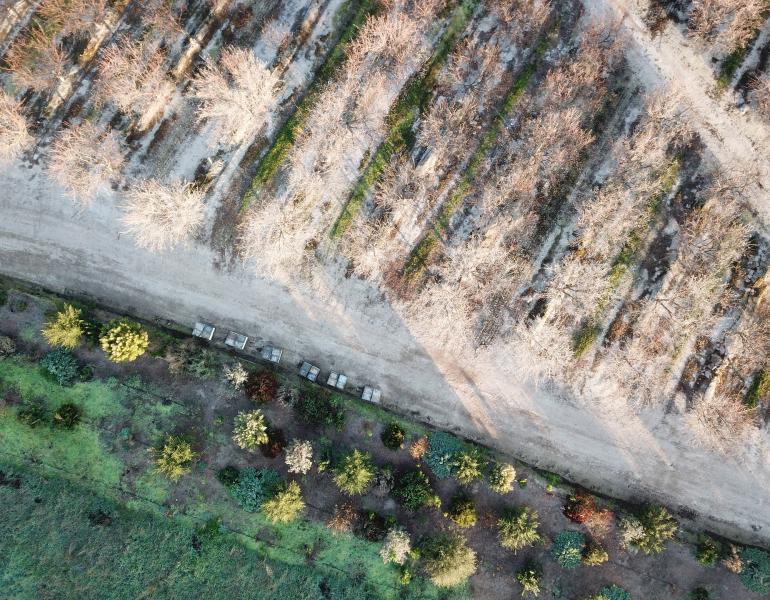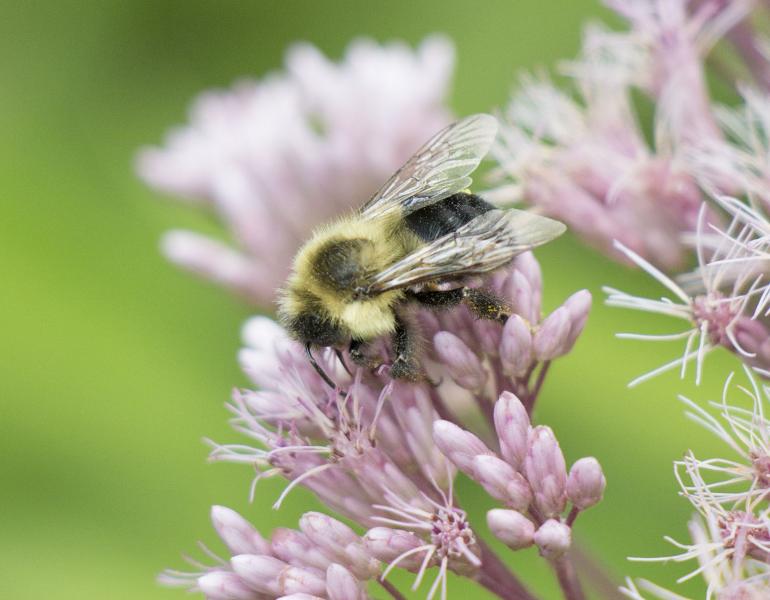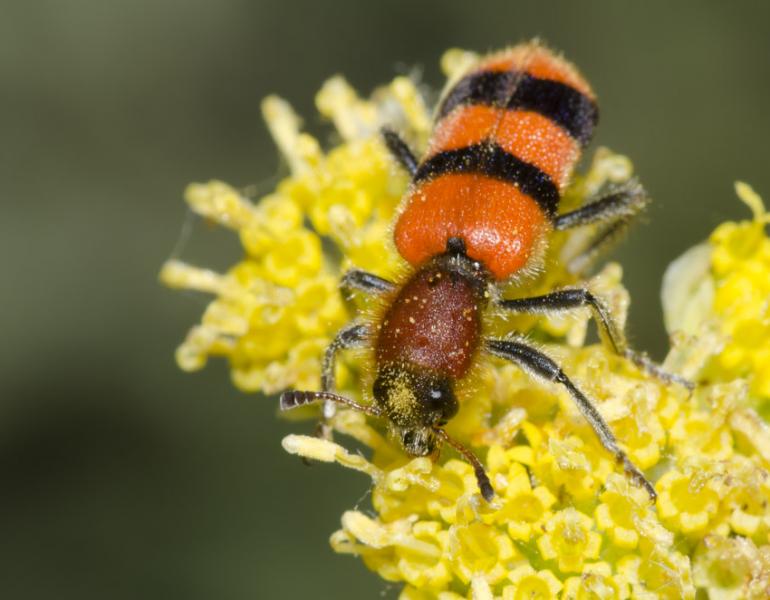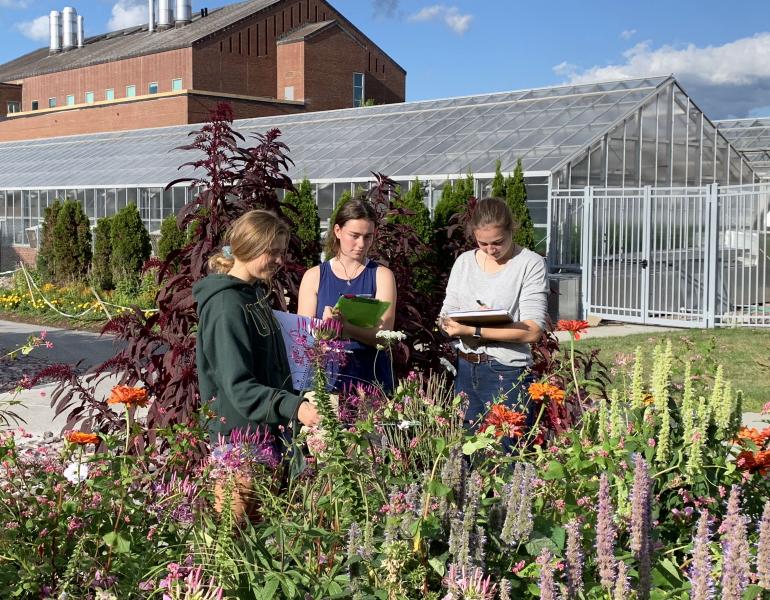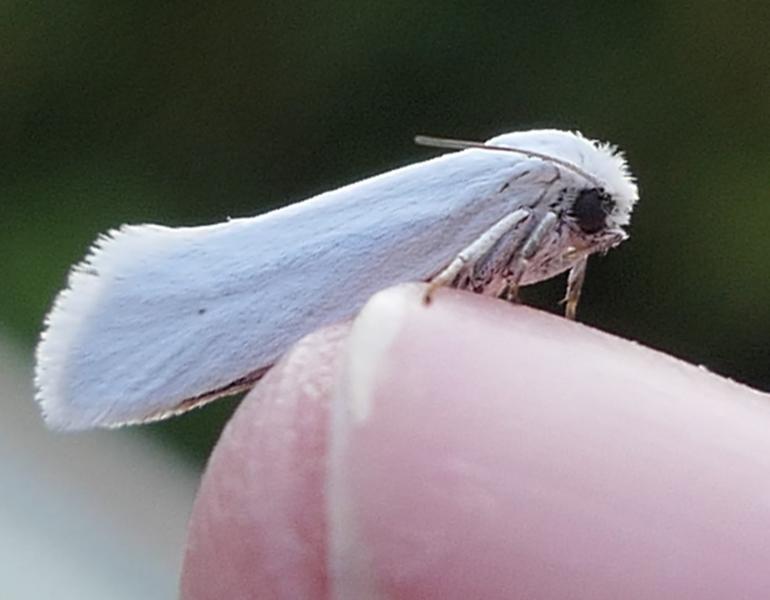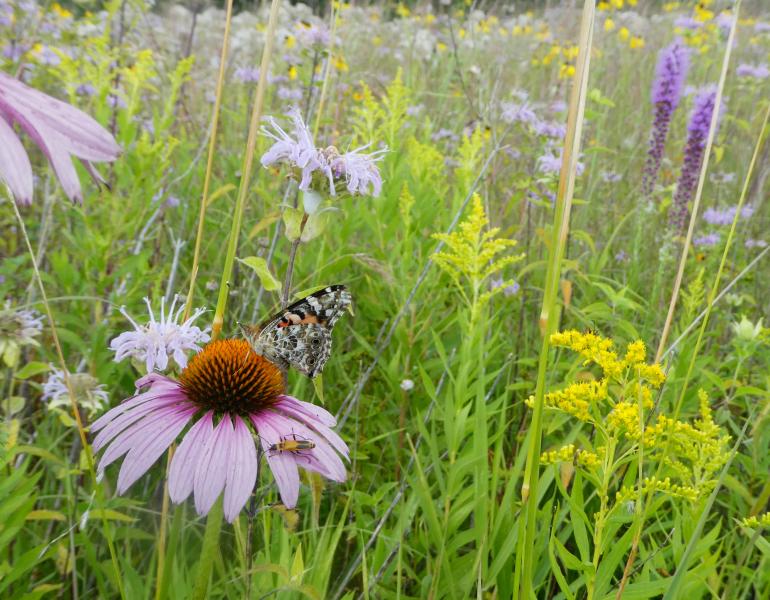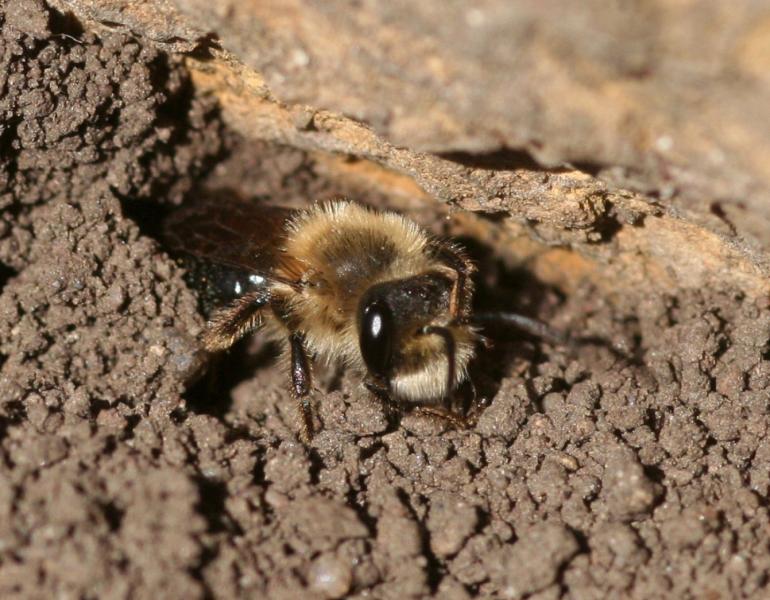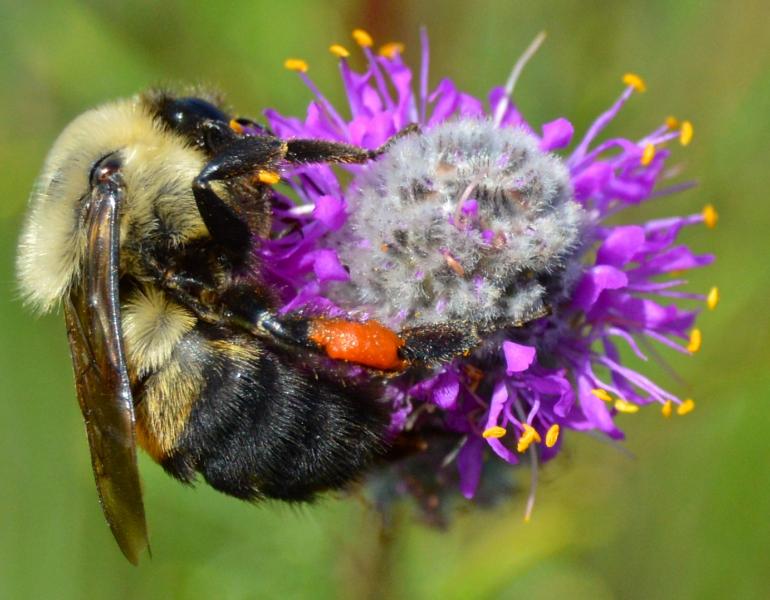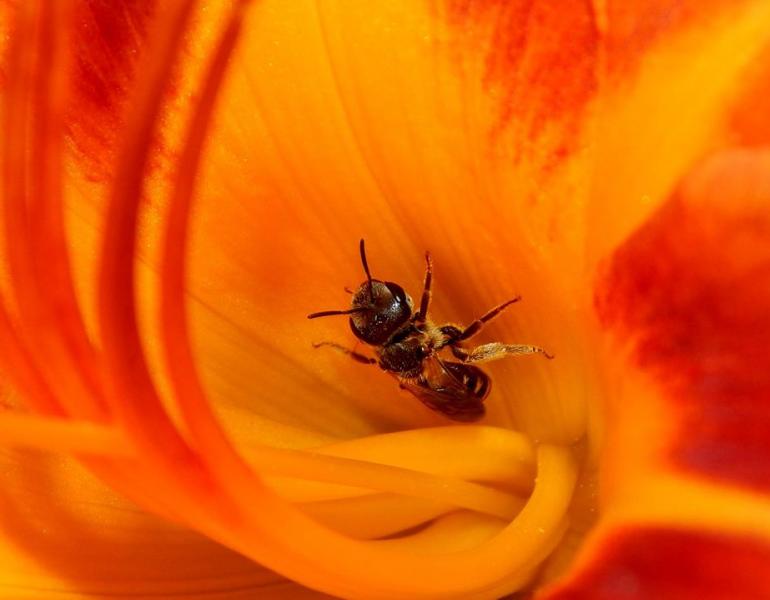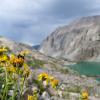Gardens provide important food and shelter for pollinators. We've put together a list of tips that will help you prioritize the health and safety of these important garden inhabitants.
Pollinator Week
Description
Inspiration for Pollinator Conservation: Habitat Kits for Urban Farms and Gardens
Stefanie Steele shares her path to pollinator conservation, and her work to help urban farmers add pollinator habitat to their spaces!
Inspiration for Pollinator Conservation: Protecting Waterways with Pollinator Habitat
Julie Michaelson shares her path to pollinator conservation, and her work to build habitat and protect our waterways by surrounding them with native plants!
Inspiration for Pollinator Conservation: Hedgerow Habitat on Farms
Angie Orpet talks about her career path, and her work building pollinator habitat on farms!
Inspiration for Pollinator Conservation: Wildflowers on Rangelands
Sarah Hamilton Buxton shares her path to pollinator conservation, and her work to promote more diverse plant communities on rangelands of the Great Plains!
Pollinator Week Peer-To-Peer Fundraising Challenge: Work Together To Make a Difference
This June, raise funds for pollinators, and win great prizes!
These Bee-Safe Communities are Welcoming Back Pollinators
It takes a village to provide pollinator-safe spaces. These 8 communities are modeling the collaboration and creativity necessary to bring back declining pollinators.
Looking for Pollinator-Safe Plants? Talk to Your Nursery
Research suggests that even pollinator plants are often contaminated with pesticides at the store. Learn how to find plants that aren't and increase demand for pollinator-safe plants.
Top 7 Reasons to Stop Pesticide Use at Home
60 million pounds of pesticides are used in U.S. homes and gardens each year. Here are our top reasons to keep your space pesticide-free.
Meet the Cast of Pollinator Week
Every June we celebrate National Pollinator Week to give extra thanks to pollinating animals like bees and butterflies. You might be surprised to learn which other animals are pollinators too!
D.C. Monarch Summit Secures Funding for Monarch Conservation
Last week, myself, Sarina Jepsen, and Sarah Hoyle of Xerces joined a two-day Monarch Butterfly Summit at the U.S. Capitol Visitor Center in Washington, DC. Hosted by Oregon Senator Jeff Merkley in collaboration with the Department of the Interior, the event brought together key stakeholders to discuss solutions to reverse the declining monarch butterfly, particularly the western monarch population.
Pollinator Week 2022: Meet Our Staff Favorites
At Xerces, our love for pollinators is a year-round affair. In honor of Pollinator Week 2022, we’ve asked our staff to share some of their very favorite flower-buzzers and why they love them. We hope you find a new friend or a familiar face on this list, and we’d love to hear which pollinator you carry a torch for, too.
Protecting New Mexico's Very Hungry Caterpillars
There is a lot to celebrate in New Mexico during Pollinator Week, literally: it is home to some of the greatest diversity of bees and butterflies in the United States. New Mexico hosts about 40% of all butterfly species and a quarter of all of the bee species found in the US (approximately 300 and 1,000 species, respectively). Emily Ruth Spindler shares how Xerces' work is expanding to protect the state's priceless invertebrate biodiversity.
Grassroots Conservation is the Key to Saving Imperiled Western Butterflies
Home grown insect enthusiasts have always provided valuable information to scientists about the ecology and health of invertebrate populations. It is often “amateur” lepidopterists who track rare subspecies, discover new populations, keep local natural history notes, or raise the alarm when butterfly populations are threatened. Today more than ever before, grassroots science and conservation are the key to saving our imperiled western butterflies.
Investing in pollinator conservation through urban agriculture
Xerces’ conservation efforts span across many different types of landscapes, including cities. With the addition of Stefanie Steele, Xerces new Pollinator Conservation Specialist for Urban and Small Farms in Historically Underserved Communities, we are striving to bridge the gap between pollinator conservation efforts in urban and rural agricultural areas.
Pollinators Find a Home on Roadsides
State Departments of Transportation manage millions of acres of land and have an opportunity to make a significant difference for pollinators. Roadsides provide pollinator habitat, as well as connectivity across otherwise inhospitable landscapes -- and may be home to native plant communities that can no longer be found in surrounding lands.
Great Plains Rangelands Are Important Habitat for Pollinators
Rangelands of the Great Plains are a highly diverse—and endangered—ecosystem filled with subtle beauty that is often underappreciated. These landscapes evolved with natural disturbances, such as grazing and wildfire. Maintaining disturbance through active management is essential for healthy rangelands and pollinators.
Pollinator Protection Starts at Home—and can Spread Faster than Weeds!
Something as simple as observing the bees and other pollinators in your garden is a wonderful way to celebrate Pollinator Week. Late June is a time when, across the county, bees and butterflies are emerging and making themselves known. It is also a great time to pledge to do more for all these amazing creatures.
Xerces Society and the NRCS: 17 Years of Conservation Partnership
A chance meeting 17 years ago between a Xerces staffer and an NRCS biologist has blossomed into a nationwide partnership and resulted in the creation of more than 1,000,000 acres of habitat on the ground across the U.S.
Building Resilient Communities: Reflecting on a Year of Challenge and Opportunity for Bee City USA & Bee Campus USA
The accomplishments of Bee City USA and Bee Campus USA communities during the last year are a textbook example of resilience. Rather than canceling projects and activities, the committees adapted to the new conditions, finding ways to continue creating spaces for our ecological communities to do the same.
What Should You Do for Pollinator Week? Go Bumble Bee Watching!
Going bumble bee watching is not only fun, but also a great way to contribute to real conservation science. Why not try it this summer?
Reflections on Two Decades of Pollinator Conservation
The Xerces Society was one of the first organizations to focus on protecting pollinators. Over the last two decades, it has been at the forefront of the pollinator conservation movement and is recognized as a trusted source of science-based advice and information.
Moving Beyond Flowers: Natural Nesting Habitat for Bees and other Insects
When landscaping for pollinators, there’s a (very understandable) tendency to focus on flowers to provide pollen and nectar for bees and other insects. However, flowers, alone, aren’t enough. We also need to provide nesting and overwintering habitat.
Bee Better Certified: Protecting Bees and Providing a Level Playing Field for Farmers and the Companies that Support Them
Four years ago, we began to hear the same question from a number of food companies that wanted to do more for pollinators: Could Xerces develop a certification program to verify pollinator conservation practices on farms and provide a transparent way for consumers to recognize and differentiate food products produced in ways that are better for bees? The answer was Bee Better Certified.
Climate News Roundup: The Link Between Climate Change and Biodiversity
Addressing climate change and conserving biodiversity go hand-in-hand. Our ability to mitigate and adapt to climate change while retaining important ecosystem services such as pollination will depend on our ability to protect biodiversity. Meanwhile, because climate change accelerates biodiversity loss, our ability to protect biodiversity will also depend on how quickly and decisively we act on climate change.
Notes from the Other Orders: Beetles as Pollinators
When we think about pollinators, the first species to pop into mind are usually bees, butterflies, and maybe, hummingbirds. But pollinators are a much broader group of animals that encompasses species from several groups of insects, including beetles such as like soldier beetles, scarabs, long-horned beetles, sap beetles, and checkered beetles.
Celebrating a Year of Enacting Positive Change: Bee City USA & Bee Campus USA
National Pollinator Week offers an opportunity to celebrate the importance of bees, butterflies, moths, flies, beetles, and the many other pollinators. It is also a time to celebrate the individuals and organizations that make up the affiliates of Bee City USA and Bee Campus USA for the amazing work they did during the last year to conserve our essential, and increasingly declining pollinators.
The Night Shift: Moths as Nocturnal Pollinators
The work of pollination is never over—even after dark! While some flowers close when the sun goes down (the technical term for this is floral nyctinasty), most flowers are still accessible at night. When our day-active (diurnal) pollinators turn in for the evening, nocturnal pollinators such as moths, bats, beetles, and even some species of bees take on the night shift to feast on nectar.
Let’s Make Every Week Pollinator Week!
Without a doubt, every week is Pollinator Week here at the Xerces Society. Here are a variety of ways to support our efforts to conserve these vital invertebrates throughout the year—no matter where you live!
Working to Conserve Monarchs from Coast to Coast
The Xerces Society is working across the U.S. to conserve this beloved species, and there are a number of ways you can help!
Remember the Ground Nesting Bees when You Make Your Patch of Land Pollinator-Friendly
Providing nesting sites and reducing or eliminating pesticide use is key to supporting these important pollinators.
Managing Invertebrate-Friendly Gardens
Many Xerces Society members create wildlife gardens that are particularly hospitable to invertebrates. Here are three wonderful examples.
Introducing Xerces’ Newest Community Science Project: Nebraska Bumble Bee Atlas
Work alongside researchers to collect data and support bumble bee conservation.
Bee City USA: Galvanizing Communities to Reverse Pollinator Decline
Collectively, urban and suburban areas have the potential of offering millions of acres of life-giving habitat to pollinators.
Bring Back the Pollinators During National Pollinator Week
With Pollinator Week upon us, now is the time to reaffirm our commitment to protecting these vital invertebrates. Here are some tangible ways to help.
Kicking Off Canadian Bumble Bee Watch Training Events!
During this year's Pollinator Week (June 18 to 24) multiple locations in Ontario and Alberta were buzzing with activity, including an assortment of Bumble Bee Watch community-science training events led by Wildlife Preservation Canada.
#PicturePerfectPollinator Photo Contest Winners
Thanks for all the entries to our Pollinator Week photo contest! You can review all the entries here.
Bumble Bee Die-Off Under Investigation in Virginia
Bee kill incidents have marred Pollinator Week—which should be a week of celebration. Will other states learn from Oregon to prevent future incidents and protect pollinators?
Protecting Pollinators One Community at a Time
Pollinators need habitat that is protected from pesticides. Learn how you can encourage your local government to adopt policies that protect pollinators.




